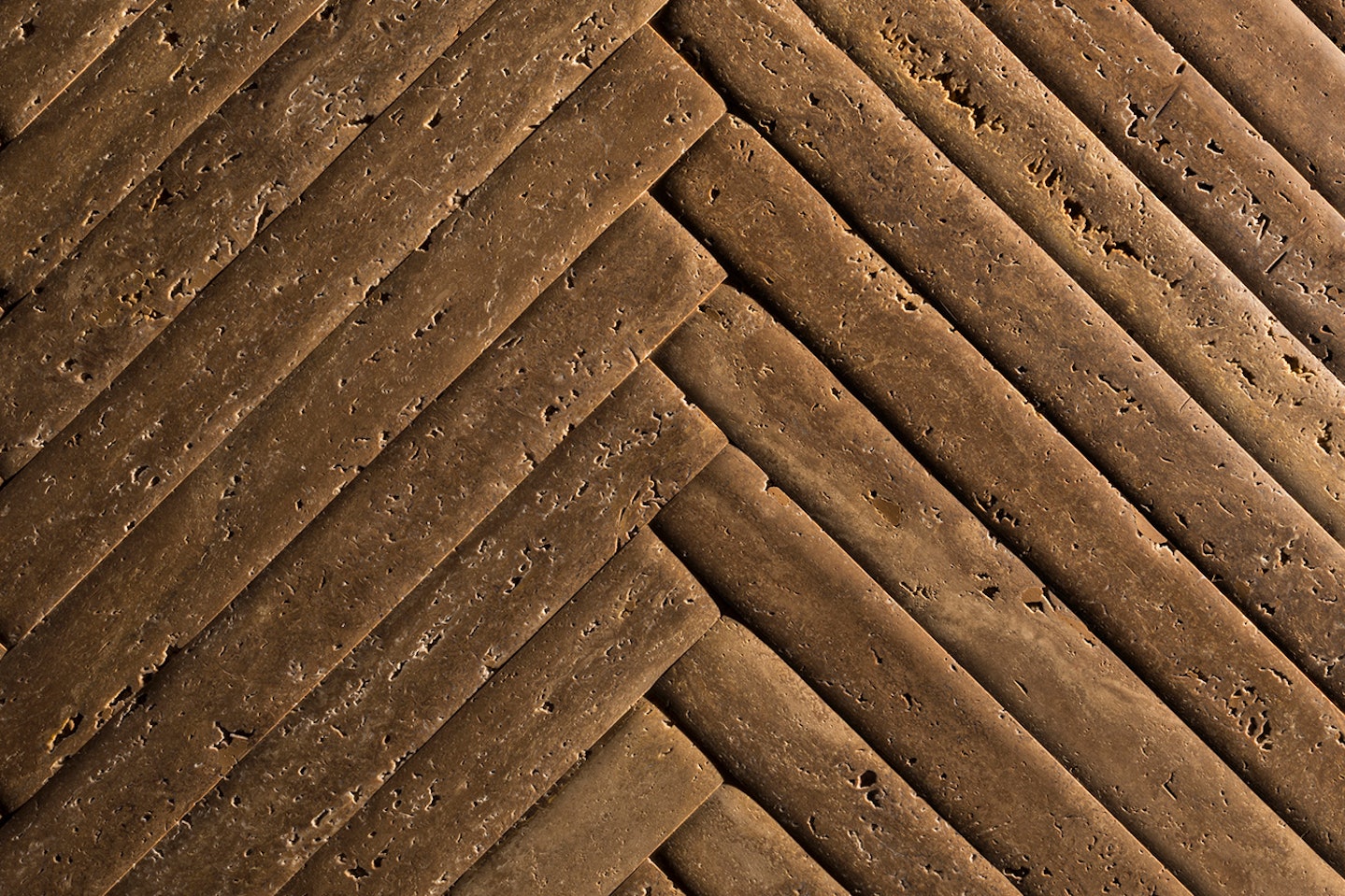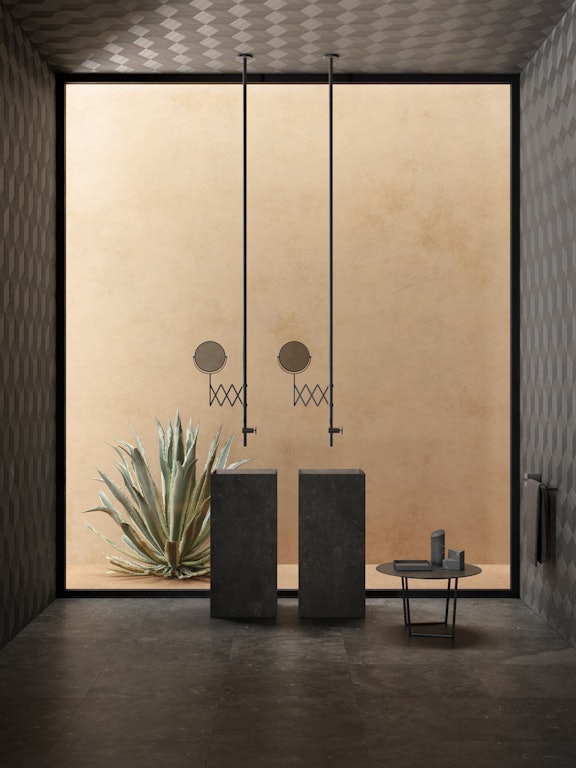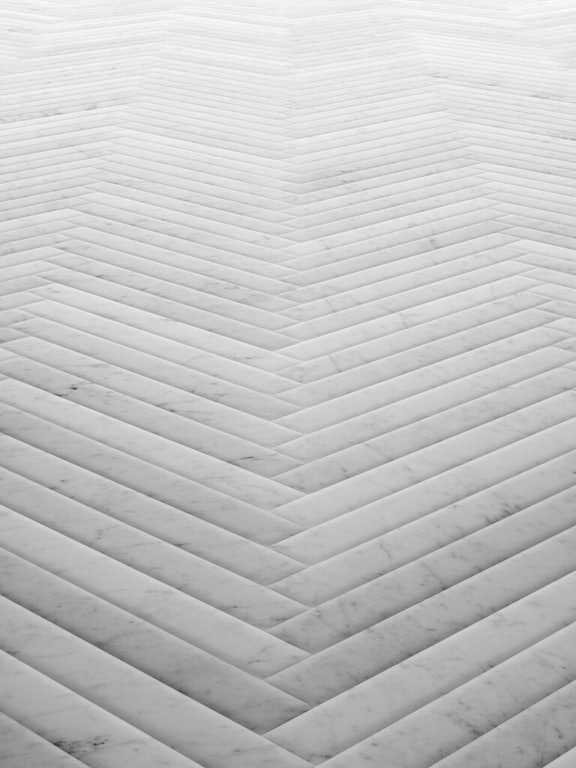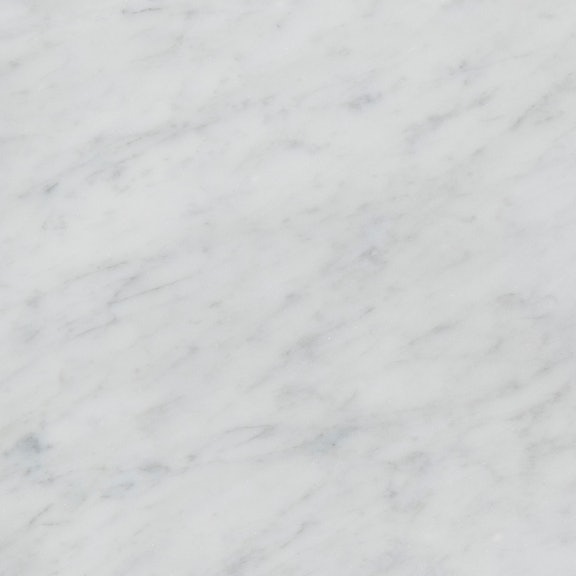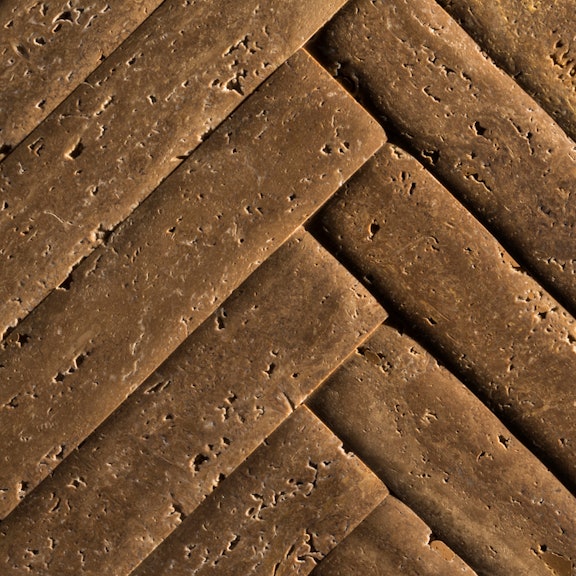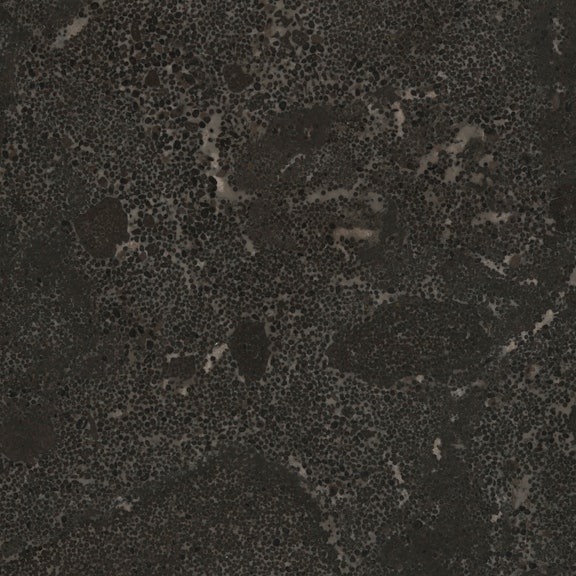Imperfections in the spotlight: Imperiale
03.2022
Imperiale, a glorious brown travertine, is the perfect example of why we should celebrate, rather than hide, imperfections and flaws in the materials we use
Spotlight on the imperfection of Imperiale
Imperfection for us is a truly beautiful thing. To the outsider that may sound slightly odd, but those who know us and our philosophy won’t be surprised in the least. While the dictionary may describe an imperfection as something undesirable or perhaps completely lacking, we see it through a very different lens. For us an imperfection is both an opportunity and the hallmark of something unique, the complete antithesis of the standardised approach that has become so mainstream today.
Today we put the spotlight on one of our stones that embodies just how special an “imperfect” material can be.
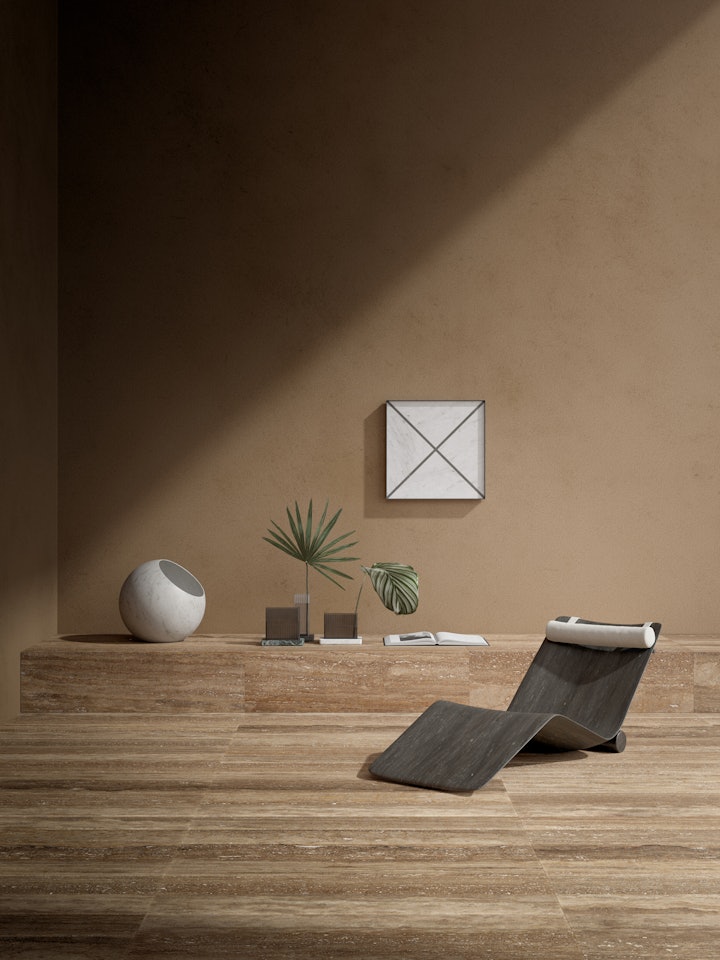
Imperiale: imperial in name and nature
It’s not difficult to guess how to translate the Italian word “Imperiale” and indeed, it is not by chance or whimsy that this majestic stone, with its extraordinary links to history and monumental art, is so named.
If you have ever looked closely at the stone floors of centuries-old churches or palaces you may have noticed that while millions of feet may have trodden them across the years, their beauty remains undiminished, with their inherent grandness and elegance just as apparent today as when the stone was first laid.
It is highly likely that many such floors are in travertine, the limestone family to which Imperiale belongs. To name just a handful of the illustrious buildings it has been used for, we can look to Rome where we have the Coliseum, the column in San Peter’s Square, the Trevi Fountain and the Church of Saint Louis of the French.
For centuries travertine has been prized for its durability, hardwearing properties and extraordinary beauty and the story continues in the twenty-first century with revisitations of this classic material, including our Stone Parquet in the gorgeous caramel-coloured tones of Imperiale.
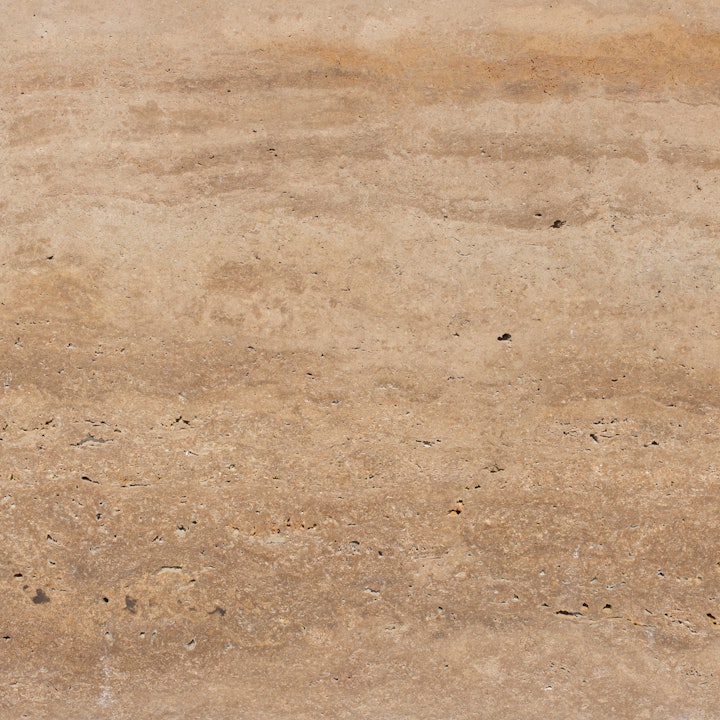
Imperiale: a brief overview
Its historical and artistic credentials aside, there are a few technical aspects that it is important to note if you are considering choosing Imperiale and the first is what many think of as its main “imperfection”. The tiny holes that pepper its surface are its distinctive characteristic and are to be celebrated. That said, however, if you are planning to use Imperiale or any travertine outside or in a location where it will be frequently exposed to water, such as a shower, you will need to fill these holes, as otherwise you run the risk of mould forming.
You also need to avoid the formation of stagnant water on its surface, and the best choice here is to apply some form of water-oil-repellent treatment and always remove excess water as promptly as possible. This applies both outdoors and indoors.
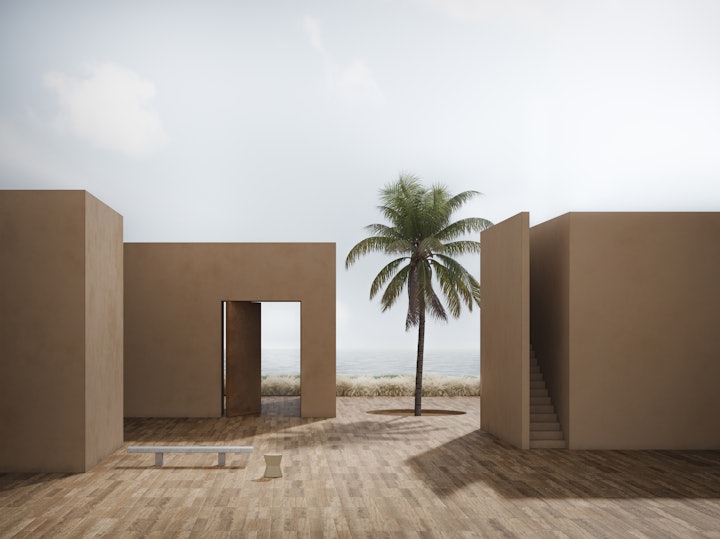
Imperiale has a high level of flexural strength which essentially means that it can withstand heavy loads, which makes it extremely versatile. It is also hardwearing although over time scratches may appear, which is why we always recommend that if it is used as a kitchen worktop, for example, you should never cut directly on it, but instead use a chopping board.
All travertines tend to be relatively porous and sensitive to acids, which is why, besides cleaning up any spills as promptly as possible, you should apply a sealant before using it. The good news, however, is that it is it is extremely resistant to cold weather, making it suitable for outdoor usage, both as a paving solution or as a vertical surface such as walls or pillars.
